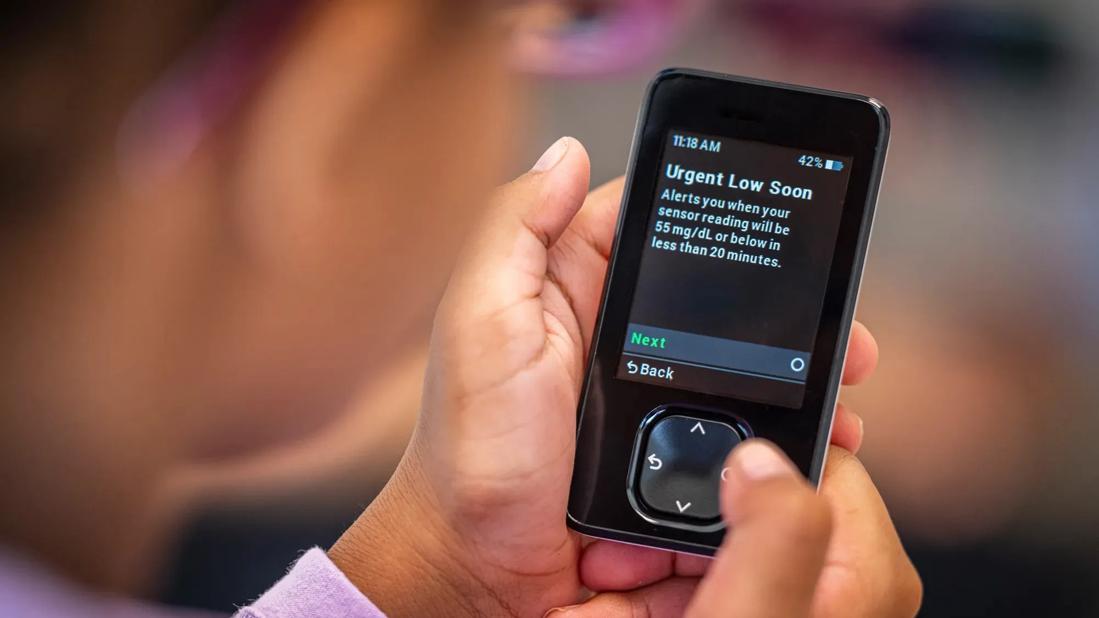Experts raise concerns, make recommendations about improving the data

Sensor-based digital health technologies (sDHTs) have the potential to change the healthcare landscape through the remote monitoring of a user's vital signs. However, some experts argue that until these technologies can be uniformly evaluated and implemented across different patient populations, there is a case for caution.
Advertisement
Cleveland Clinic is a non-profit academic medical center. Advertising on our site helps support our mission. We do not endorse non-Cleveland Clinic products or services. Policy
"Many consumer devices now have FDA clearance for specific tasks. But, beyond choosing a device that captures the physiologic data you are interested in, there's a bit of a problem in determining the best sensor to address a specific patient issue," explains Animesh (Aashoo) Tandon, MD, Vice Chair for Innovation and Director of Cardiovascular Innovation at Cleveland Clinic Children's. "So, as a clinician or a researcher, how do you take that next step and decide the right technology for your patient?"
This question and the need to understand better how patients interact with sDHTs was the basis for a recent scoping review published in the Journal of Medical Internet Research. In the report, Dr. Tandon, the first author, and his colleagues cite gaps in the sDHT literature and make key recommendations to create an evaluation framework.
The research team drilled down on 10 years' worth of sDHT data involving human factors, human-centered design and usability. They extracted studies from 2013 to 2023 and included the study design, participant sample, the type of sensor, method of data capture, and usability-related data. Altogether, 83 papers fit their study criteria.
How people understood their experience with these sensors and how the data could impact behavior change was reported in very few studies. The authors argue this is an important data point, considering that sDHT's intended use is primarily outside of a clinical setting.
"Wearable sensors have been around for 10-15 years, some even longer, but across the studies we analyzed, very few captured user understandability and actionability," Dr. Tandon notes.
Advertisement
Usability data and its relationship to adherence were also not well-documented. "You can't give 10 people a smartwatch and tell them to use it if you don't know or understand what's driving adherence. We need to determine the features of those devices that will drive patients to use them.” There are important tradeoffs like size, weight and battery life to consider.
Understanding these variables, he says, “will be key for optimizing future generations of devices and making them fit-for-purpose.” Right now, it's kind of a guess.
Additionally, not all patient populations were represented across studies. Only a few papers focused on children. Dr. Tandon, a pediatric cardiologist, says this was disappointing, although not surprising. There are more limitations associated with collecting data from children, and market forces tend to preference adult-focused products and devices.
Studies also failed to uniformly capture information from all participating users, including sociodemographic information of users and usability from the care team standpoint.
Stakeholder information was not well-documented either, leaving unanswered questions about how data will integrate into clinical workflow, another aspect of implementation that remains underexplored.
The authors call for four actionable recommendations to guide future studies and set the stage for the next generation of devices. These include the following:
Advertisement
The questions and concerns the study raises are particularly relevant to Dr. Tandon, who is leading studies evaluating wearable sensors in children and adults with congenital heart disease.
"There are many technologies out there that look great but aren't well tested. A smartwatch might indicate you have atrial fibrillation, but how do we know if the algorithm was tested on kids or people with congenital heart disease?"
These are some of the questions Dr. Tandon says he will continue to raise.
"FDA clearance is only one bar to pass. There needs to be more studies. These are happening more on the adult side, but in pediatrics and congenital heart disease, not so much. We are working on it, but it takes time to catch up."
Advertisement
Advertisement

Experts advise thorough assessment of right ventricle and reinforcement of tricuspid valve

Reproducible technique uses native recipient tissue, avoiding risks of complex baffles

HALT has unique clinical implications for adults with congenital heart disease

A reliable and reproducible alternative to conventional reimplantation and coronary unroofing

Retrospective study examines outcomes associated with common treatment pathways

Survival is improving, but the youngest patients still face disproportionate risk

Program will support family-centered congenital heart disease care and staff educational opportunities

Case provides proof of concept, prevents need for future heart transplant